01. Introduction

In the dynamic world of fashion, denim has always stood as a timeless symbol of comfort, confidence, and creativity. Yet, in recent years, the global market has witnessed a surprising and colorful twist in this classic fabric — the rise of purple jeans. More than just a shade, purple represents individuality, boldness, and a modern fusion of luxury and rebellion.
Bangladesh, known as one of the world’s leading apparel manufacturing hubs, is now stepping into this vibrant trend with vision and innovation. The story of Purple Jeans — from Bangladesh to the global market — is one of craftsmanship, creativity, and commercial evolution. It’s about how a local manufacturing powerhouse is reinventing denim aesthetics and reshaping its identity in the international fashion landscape.
02. The Global Denim Market: A Canvas of Constant Reinvention
Denim has been the foundation of global casual wear for more than a century. From its humble origins as workwear for miners in 19th-century America to its current role in high fashion, denim’s journey reflects cultural change and consumer evolution.
In the 2020s, the denim industry is undergoing a new phase — one defined by color innovation, sustainable production, and expressive individuality. Among the emerging hues, purple jeans have become a statement piece for youth and fashion enthusiasts worldwide. The color purple, long associated with creativity, royalty, and freedom, perfectly matches the new consumer mindset: bold, independent, and expressive.
Global denim brands — from Purple Brand in Los Angeles to H&M and Zara in Europe — are experimenting with purple shades ranging from deep violet to lavender washes. Social media trends, celebrity styling, and Gen-Z streetwear culture have amplified demand for unique colorways beyond traditional blue.
This global trend opens a new window of opportunity for Bangladeshi denim producers, who already supply more than 40% of Europe’s denim apparel and are steadily climbing the U.S. import charts.
03. Bangladesh: The Denim Powerhouse
Bangladesh is not just an apparel exporter — it is one of the beating hearts of the world’s fashion supply chain. Over the past three decades, the country has transformed into the second-largest exporter of ready-made garments (RMG), specializing in denim, knitwear, and sustainable fashion.
Key strengths that have positioned Bangladesh as a global denim leader include:
- Competitive production cost and skilled workforce: Millions of experienced workers, especially women, contribute to the precision of stitching, dyeing, and finishing.
- State-of-the-art factories: Many manufacturers have adopted European washing, laser, and ozone finishing technologies to reduce environmental impact.
- Strong compliance and certification: LEED-certified green factories, ethical labor practices, and sustainability standards have improved global confidence.
- Strategic trade access: Duty-free benefits in the EU (GSP+) and growing bilateral trade with the U.S. make Bangladesh an attractive sourcing destination.
Now, as the global denim market diversifies toward vibrant colors, Bangladesh is uniquely positioned to expand its reach with purple denim innovation — blending its technical excellence with fashion creativity.
04. The Rise of Purple Jeans: Fashion Meets Symbolism
Purple is more than a color; it carries deep cultural and emotional meaning. Historically, purple dye was rare and costly, associated with royalty and prestige. In modern fashion, it signifies individualism, creativity, and luxury.
The re-emergence of purple jeans in the fashion scene reflects a global desire to move away from uniform blue. Youth consumers are exploring expressive shades — from lilac and violet to deep aubergine — to stand out in a digital world saturated with trends.
Influencers and stylists often describe purple denim as “confident but soft,” “rebellious but elegant.” Whether paired with oversized hoodies or minimalist tops, purple jeans blur the lines between streetwear and chic.
For brands, this color trend has strategic potential. It expands product diversity, attracts fashion-forward customers, and strengthens visual branding in retail displays and e-commerce imagery. Bangladesh’s ability to reproduce consistent color quality and creative wash effects gives it a competitive advantage in this niche.
05. Bangladesh’s Entry into the Colored Denim Revolution
Traditionally, Bangladesh was known for mass-produced blue and black denim. However, over the past decade, leading manufacturers have invested in color-denim R&D, eco-dyeing, and finishing technologies that enable a broader color palette.
Top companies such as Noman Group, Pacific Jeans, Envoy Textiles, and Ha-Meem Group have installed advanced dyeing units capable of achieving vibrant purples, pinks, olives, and pastels without compromising sustainability.
Recent innovations include:
- Sulphur dyeing alternatives for stable purple tones without fading.
- Laser finishing for distressed lavender or tie-dye looks.
- Ozone washing that reduces water consumption by up to 80%.
- Eco-friendly chemical formulations certified by OEKO-TEX® and Bluesign®.
These advancements prove that Bangladesh’s denim sector is no longer limited to high-volume production — it is becoming a trend-driven creative industry ready to compete with Italy, Turkey, and Mexico on innovation and design.
06. Branding and Design: Turning “Made in Bangladesh” into “Designed in Bangladesh”
To conquer the global market, product quality alone is not enough. The next step is branding — and purple jeans offer an ideal opportunity for Bangladesh to reposition itself as both a manufacturer and a creator.
Local fashion startups, export-oriented brands, and collaborations with international designers are reshaping perceptions of Bangladeshi fashion. By introducing exclusive color collections — such as “Dhaka Purple,” “Bengal Lilac,” or “Sunset Violet” — brands can fuse local identity with global appeal.
Digital marketing, storytelling, and influencer partnerships can reinforce the narrative of “Bangladesh beyond blue jeans.” Through vibrant product photography and e-commerce storytelling, Bangladeshi companies can showcase not only production capability but also creative direction.
For example:
- Visual branding: Using royal purple gradients in packaging, hangtags, and websites communicates luxury and originality.
- Sustainability messaging: Highlighting eco-dye processes, local craftsmanship, and ethical sourcing appeals to conscious consumers.
- Collaborative campaigns: Partnering with global retailers like ASOS, Levi’s, or smaller boutique brands can amplify market visibility.
Thus, purple jeans can become not just a color trend but a brand signature for Bangladesh’s next-generation denim exporters.
07.Top 5 Purple jeans company in Bangladesh
1. Pacific Jeans
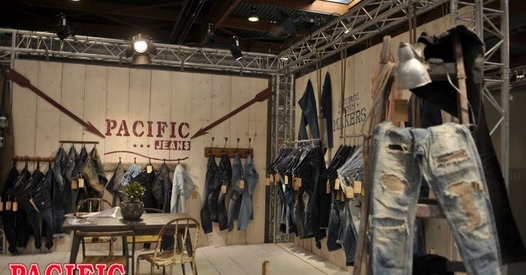
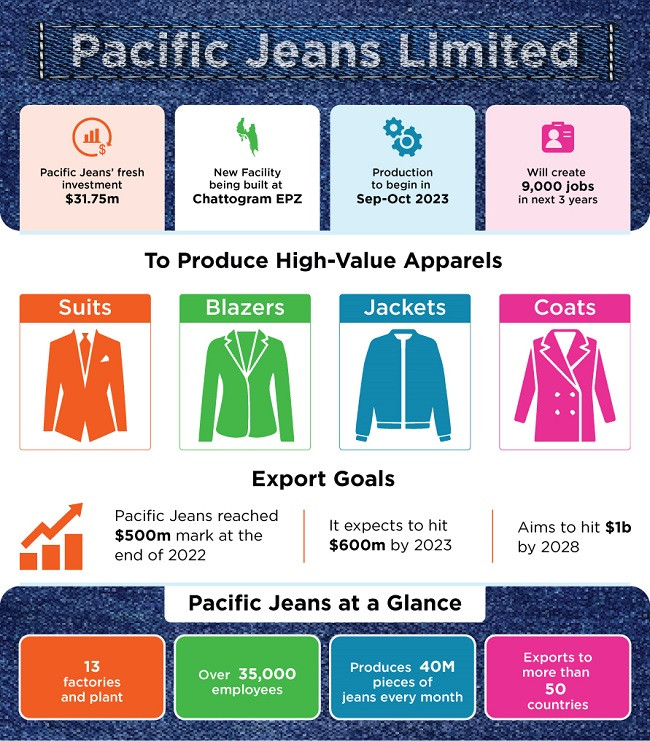
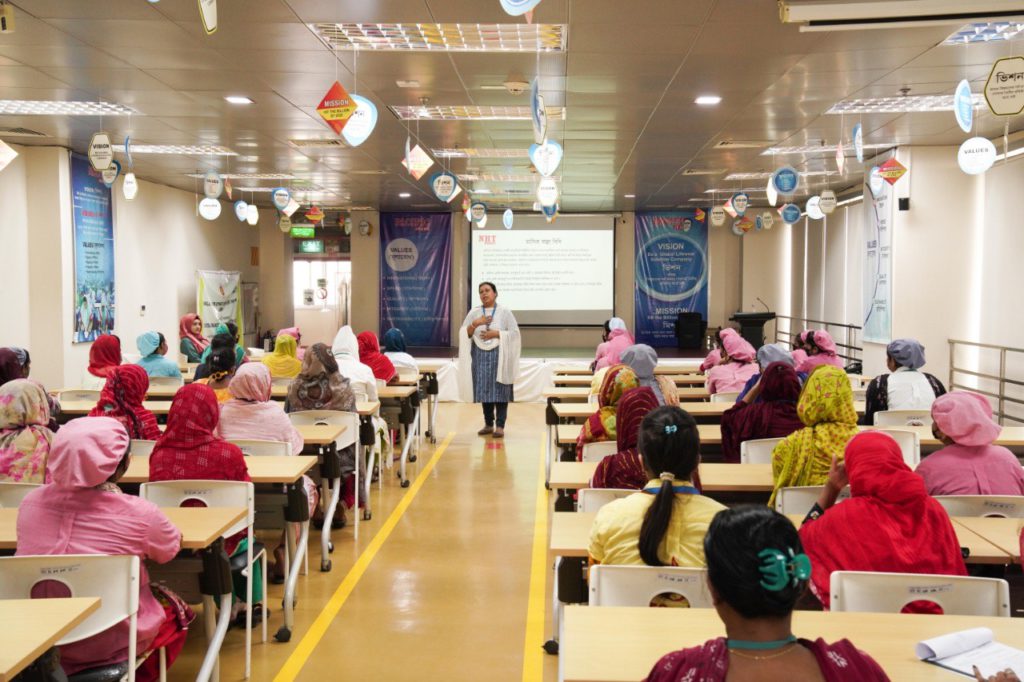
Located in Bangladesh, Pacific Jeans manufactures denim garments and states that they are “leaving our imprint all over the world with our exclusive denim wear, branding not only ourselves but also Bangladesh as an ethical sourcing destination.” Pacific Jeans
Why relevant: strong denim focus, export-oriented, with branding ambitions that match a purple-jeans/global market narrative.
Pacific Jeans International Buyer
- Celio: A French company that sells ready-to-wear clothing for men.
- ASOS: A British online fashion and cosmetics retailer.
- River Island: A London-based fashion brand that sells clothing, shoes, and accessories.
- Tommy Hilfiger: An American company that manufactures apparel, footwear, accessories, and home furnishings.
- GU: A Japanese casual wear retailer.
- American Eagle Outfitters: An American lifestyle, clothing, and accessories retailer.
- s.Oliver: A German fashion company that sells apparel, shoes, and accessories.
- Mustang: A German company that primarily produces jeans.
- J.Crew: An American multi-brand, multi-channel, specialty retailer of men’s and women’s clothing, shoes, and accessories.
- Tesco: A British multinational grocery and general merchandise retailer.
- Mango: A Spanish multinational clothing company.
2. Ha‑Meem Denim Ltd.
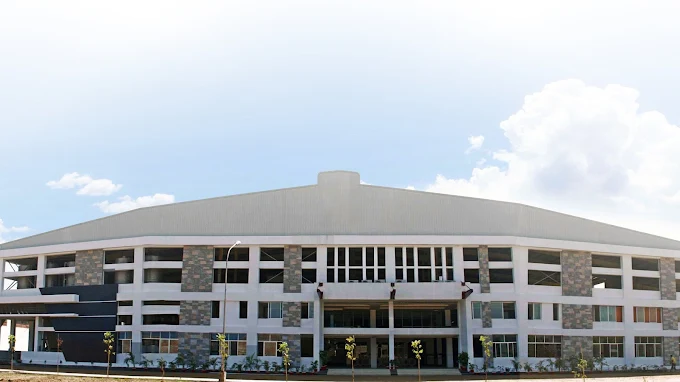
One of the largest denim manufacturing companies in Bangladesh (est. 2007), with a capacity of approx. 5.0 million yards/month and in-house spinning up to 1,200 tons/month. hameemdenim.com+1
Why relevant: Big vertical capacity means they can handle special colour treatments, large orders, and potentially “purple” wash/denim lines.
Ha‑Meem Denim Ltd. International Buyer

3. Meghna Denims Ltd.
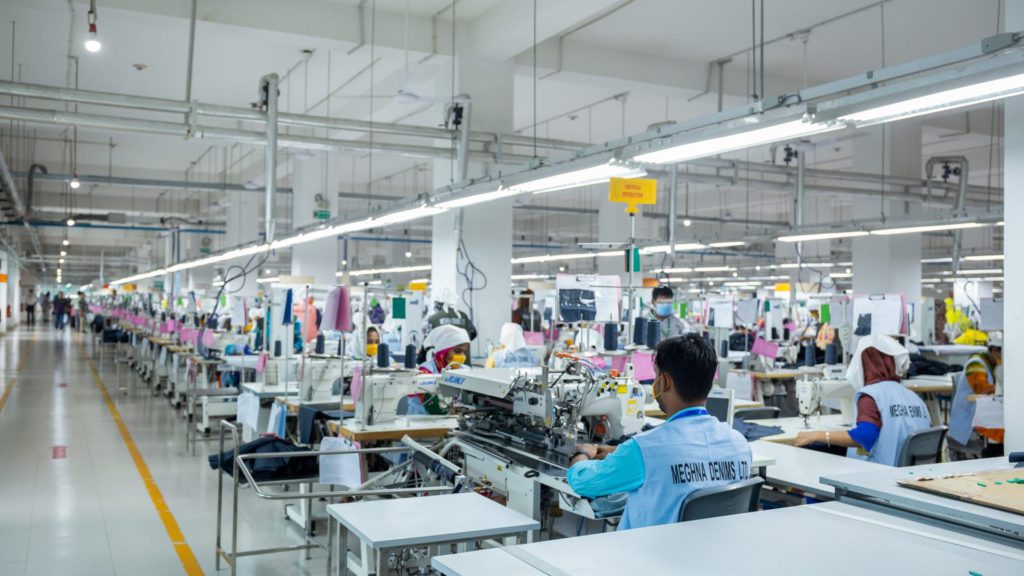
Meghna Denims is a LEED Gold-certified denim production facility in Bangladesh, with ~45 years of manufacturing experience via its parent company. Meghna Denims
Why relevant: Sustainability credentials + experience make them suitable for premium/colour-specialty lines like purple jeans for global market.
Meghna Denims Ltd. International Buyer
CASTO,KIABI, Mayoral, PRIMARK,TAO, ZARA,ALDI, YM INC Etc.
4. Nice Denim Mills Limited
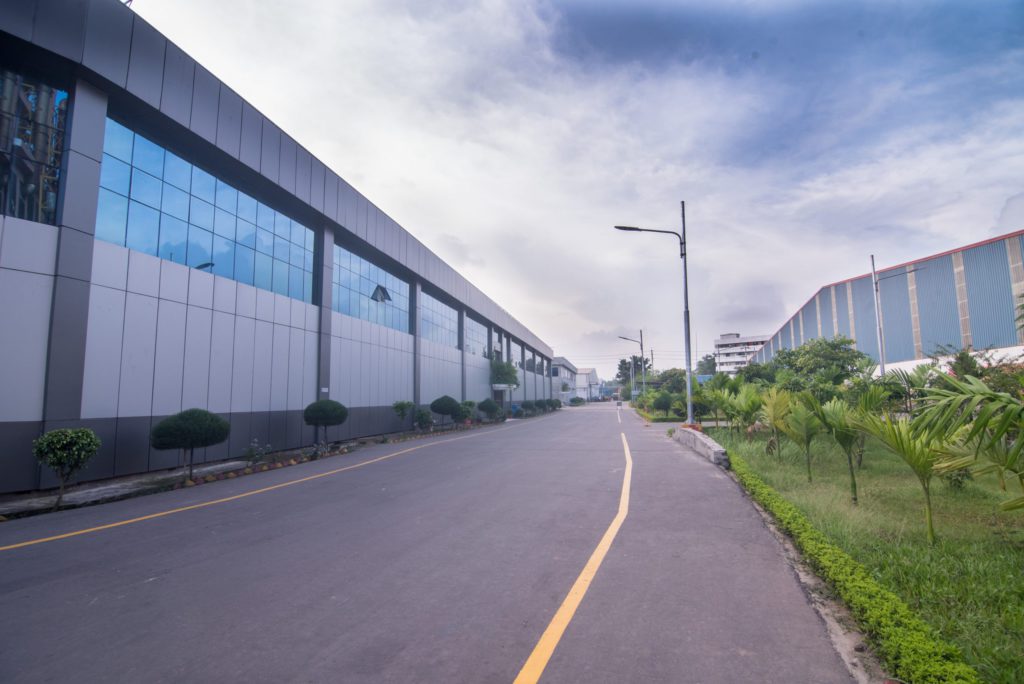

Based in Sreepur, Gazipur (Bangladesh). A world-class denim fabric manufacturer with a strong emphasis on quality, sustainability, and compliance. Nice Denim Mills Limited
Why relevant: While primarily a fabric manufacturer, being the textile source means you could use them for coloured denim fabrics (purple shade) which feed into finished jeans.
5. SiATEX Bangladesh
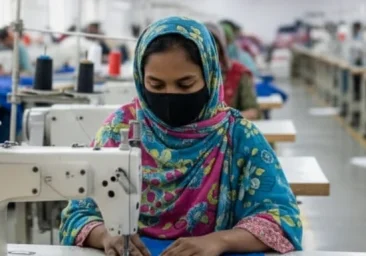
Listed among “Top 10 Jeans Manufacturers in Bangladesh” in industry directories; they emphasize customisation, colour, fits and export readiness. SiATEX Global+1
Why relevant: Good choice if you’re looking for a partner who can handle custom colour washes (like purple), private-label jeans, and global shipments.
08.Top Ten Purple jeans company in U.S.A
If you’re looking for top U.S. companies (or with strong U.S. presence) that make standout jeans — including options for purple or colored denim — here are 10 brands you might want to explore, with a focus on what distinguishes each. If you meant purple-denim (actual purple color) rather than just denim brands in general, I can pull up more specialized brands too.
1. Purple Brand(New York, USA)
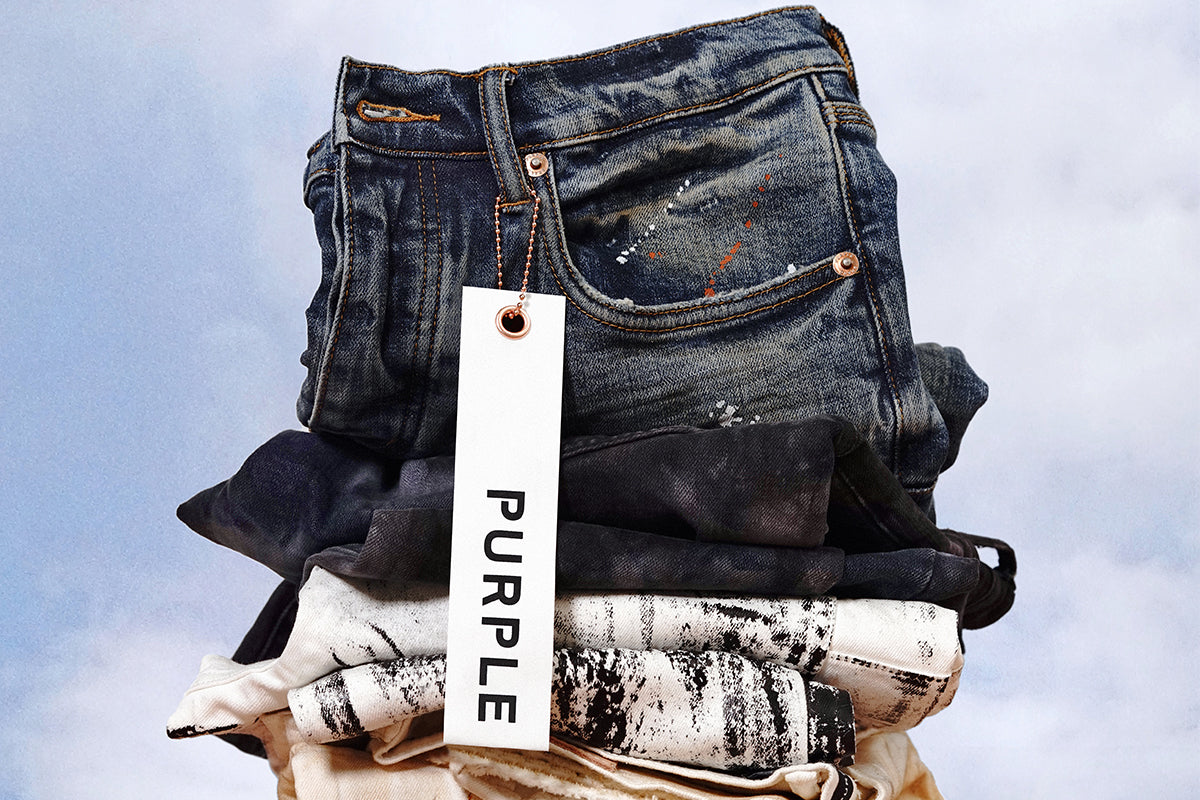

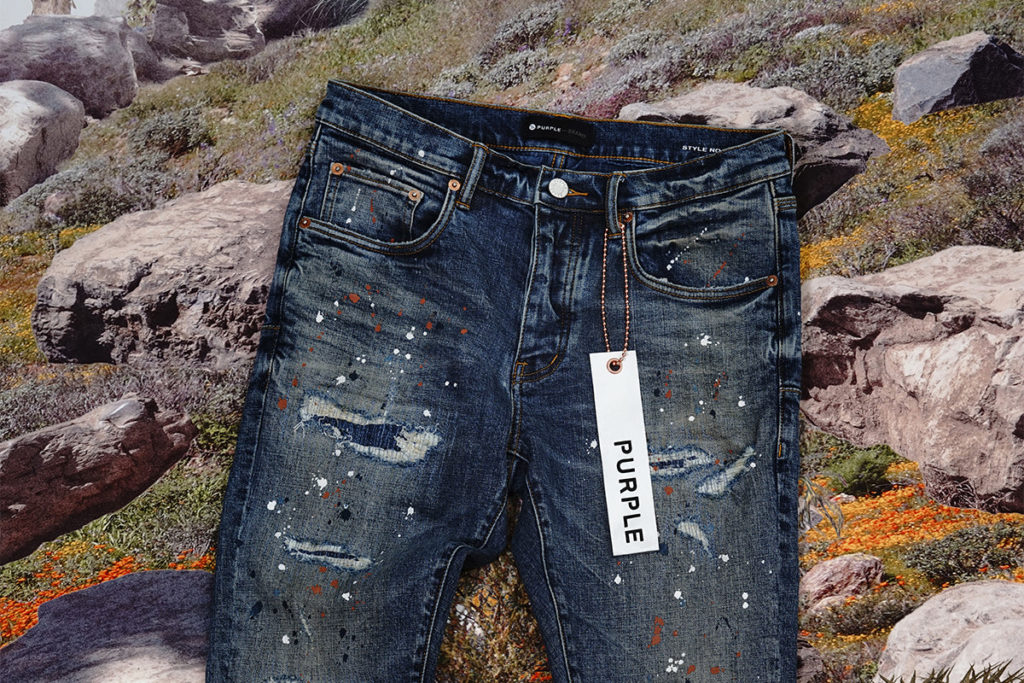
- Purple Brand is an American-designer denim label, with an emphasis on premium fits and fabric innovation. PURPLE BRAND+2PURPLE BRAND+2
- While the name is “Purple”, the brand does not necessarily focus on purple-colored denim but rather uses the word as part of its brand identity.
- The jeans often feature distressed detailing, unique washes and design touches (e.g., paint splatter, patchwork).
- Good option if you want a premium denim brand with U.S. design roots.
Why it’s strong:
- Well-positioned in the premium denim market in the U.S.
- Offers innovation in fit and fabric, which is a desirable trait for jeans.
- While not purely purple in color, the brand’s name and identity make it relevant when you’re looking for something “purple/unique”.
2. Levi’s
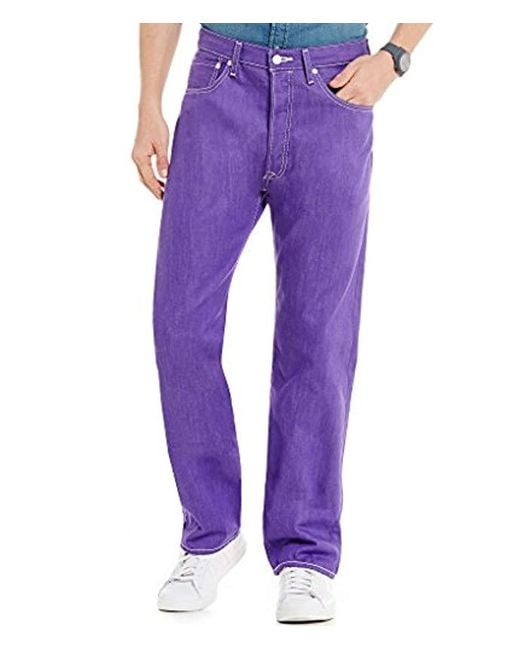

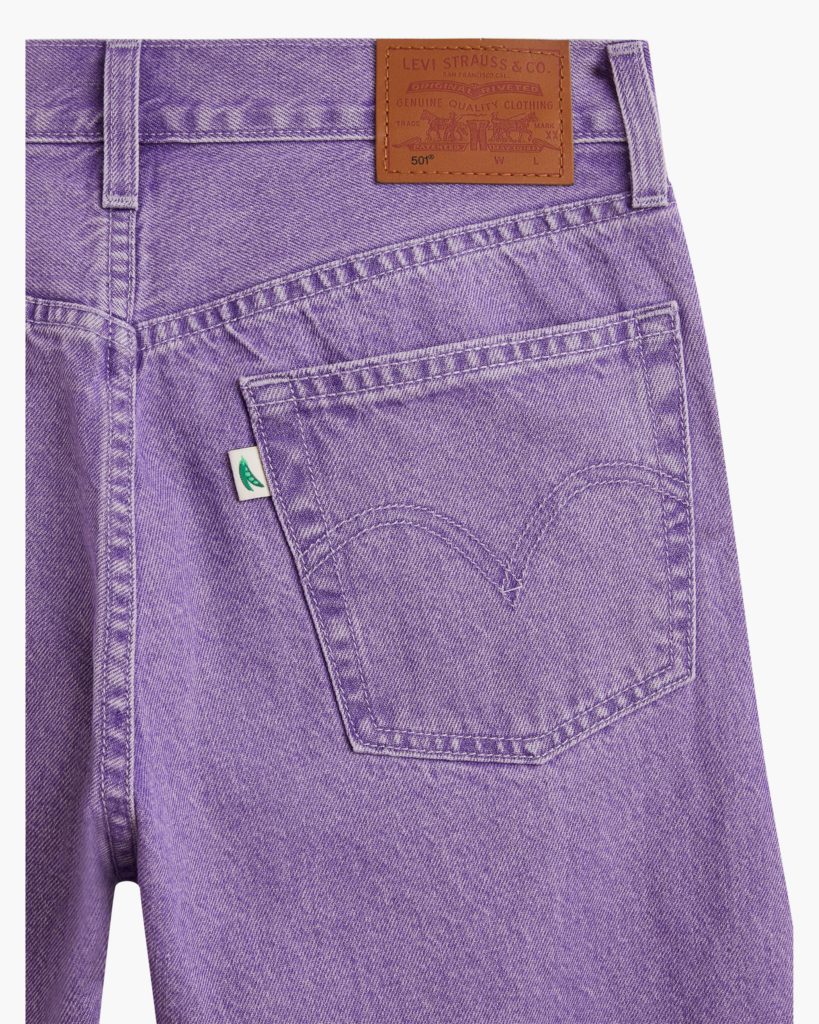
Description:
Levi’s has a dedicated “purple” colour-group in their jeans collections (for example, their website lists “Purple Jeans” as a filter).
Why it’s blog-worthy: This is a classic, globally recognised denim brand. When even the big-brands offer purple washes, it shows the colour’s mainstream appeal. For your blog, you can talk about how legacy denim houses are adapting to colourful denim trends.
3. Wrangler
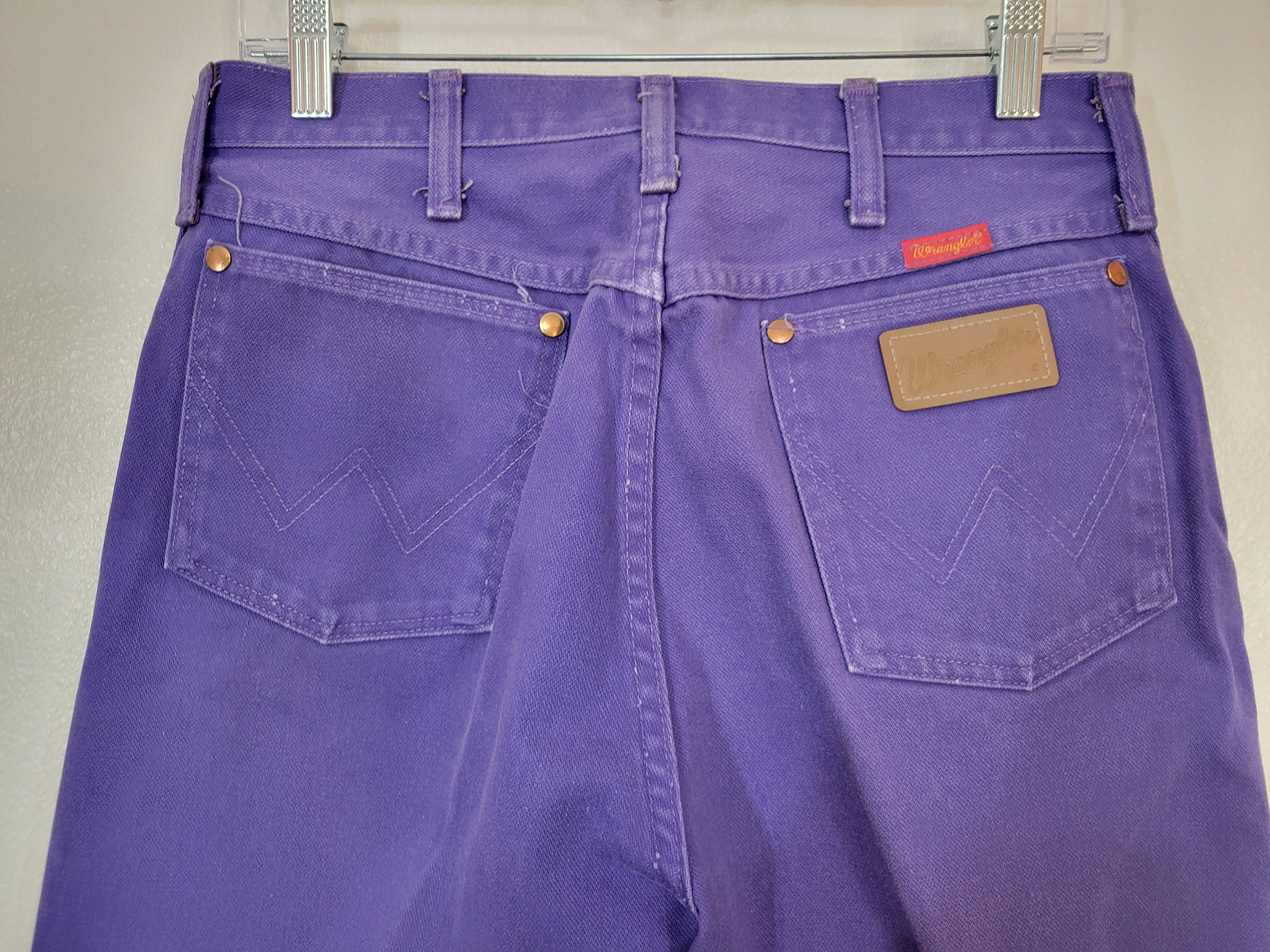
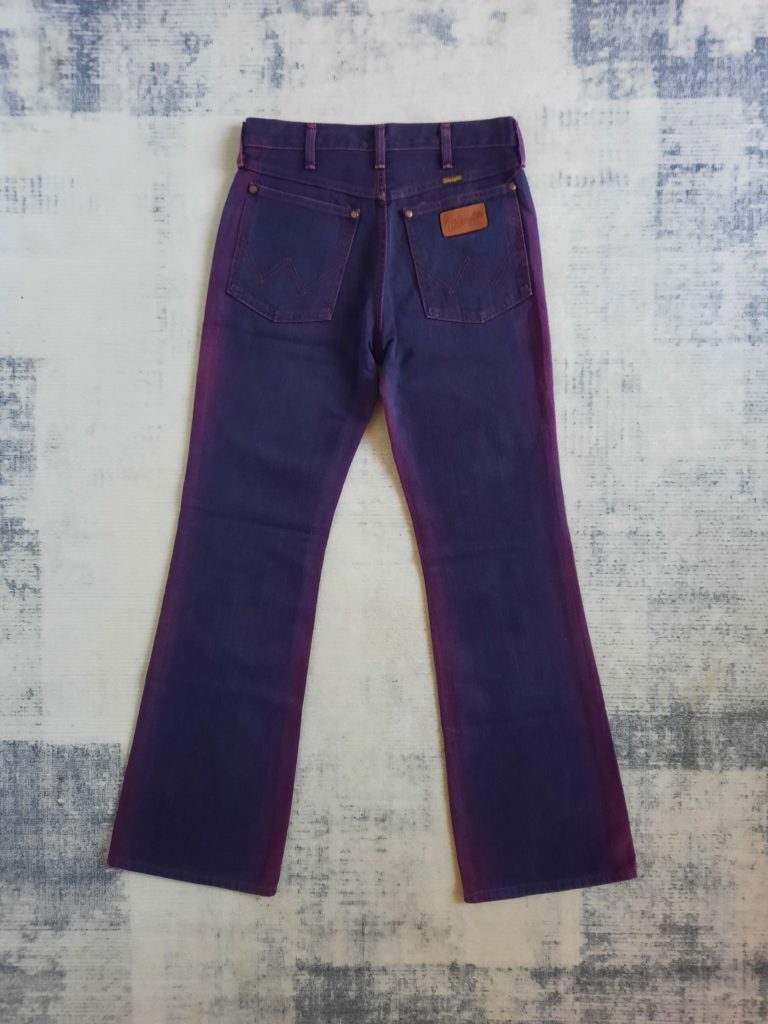
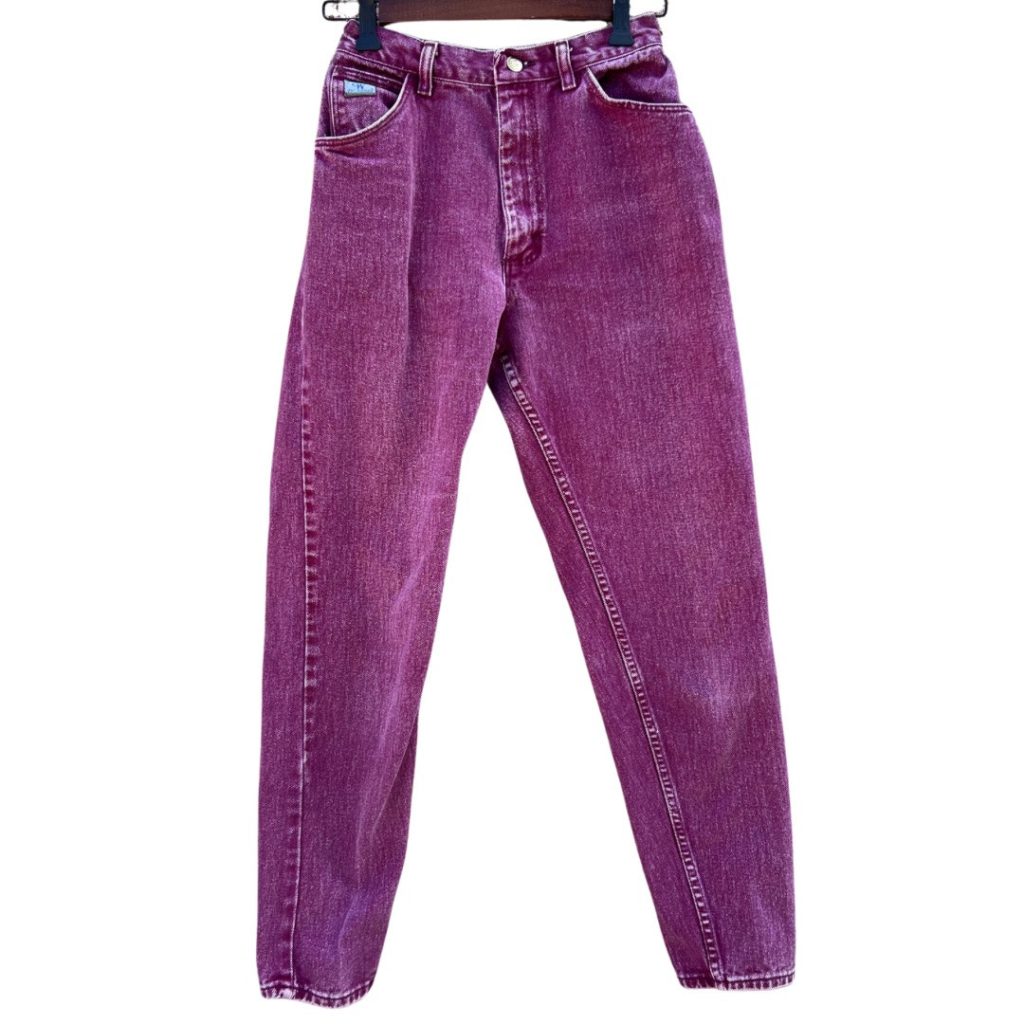
Description:
Wrangler offers coloured options for jeans, and a search for “purple” on their site yields relevant results.
Why it’s blog-worthy: Wrangler is another strong American heritage brand, showing that colour-denim isn’t just for niche fashion labels—it’s entering the wider denim market.
4. Madewell


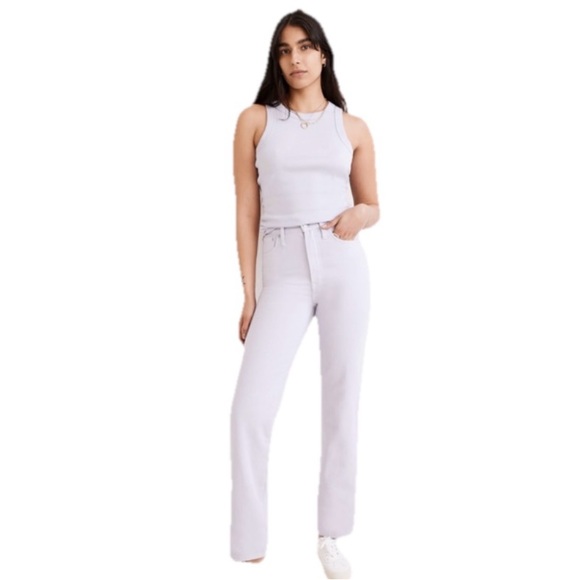
Description:
Madewell’s website offers straight-leg jeans in “fun hues like … purple plaid” among its colour-denim offerings.
Why it’s blog-worthy: Madewell appeals to fashion-forward consumers who may want colour beyond the standard blue/black denim. Good for a blog section about trend-driven colour styles.
5. J Brand


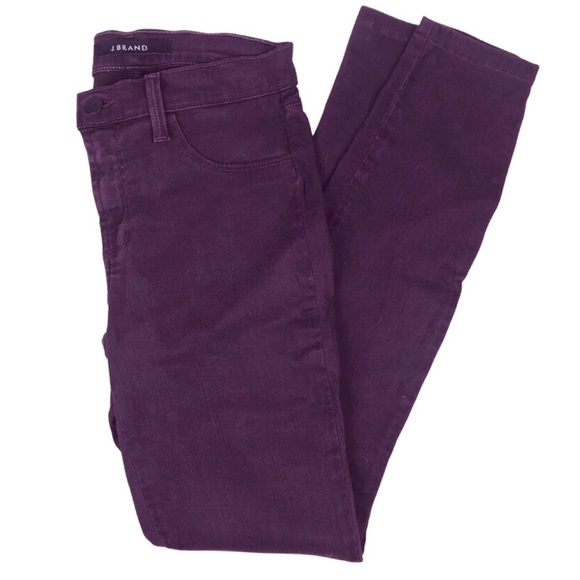
Description:
While explicit “purple jeans” mentions are less broad, J Brand appears in marketplaces with purple corduroy/denim versions.
Why it’s blog-worthy: J Brand is a premium denim label; featuring it helps show the “purple jeans” trend crosses price-tiers (from mainstream to designer).
6. Citizens of Humanity


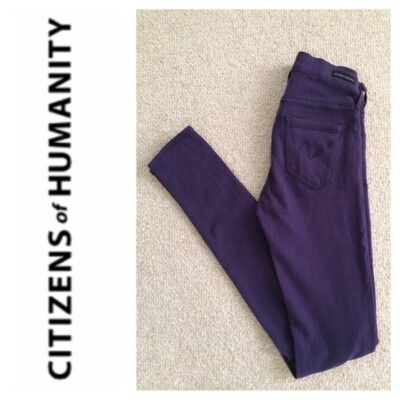
Description:
The Los Angeles-based premium denim brand offers coloured denim including purple versions (for example listings show “Purple London Slim Tapered Jeans”). Capsule NYC
Why it’s blog-worthy: Good example of a premium label embracing colour denim—not just mainstream brands.
7. Rag & Bone



Description:
Rag & Bone lists denim collections and there are second-hand listings for “purple jeans” from the brand in darker/lavender tones.
Why it’s blog-worthy: Shows how niche/heritage fashion-brands are also participating in the coloured-denim space.
8. American Eagle Outfitters

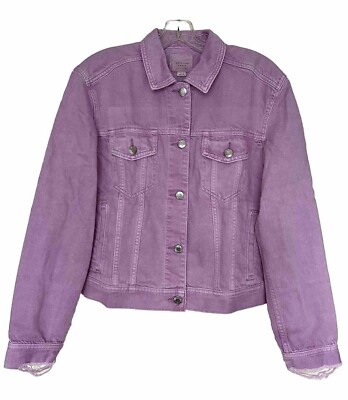
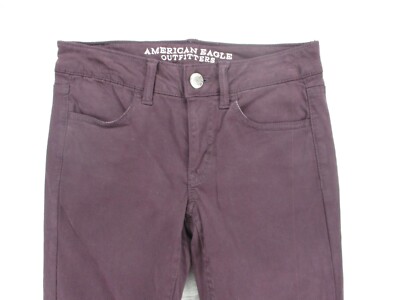
Description:
American Eagle has product listings for “purple” flare jeans and coloured denim options. eBay
Why it’s blog-worthy: This shows the trend descends into more accessible/young-market brands—not just premium or heritage.
9. J.Crew



Description:
J.Crew lists “Purple Pants & Chinos” (and occasional denim) as part of its colour-range.
Why it’s blog-worthy: Although not exclusively denim, worth mentioning how even brands known for chinos/pants incorporate purple jeans/denim-style.
10. Still Here

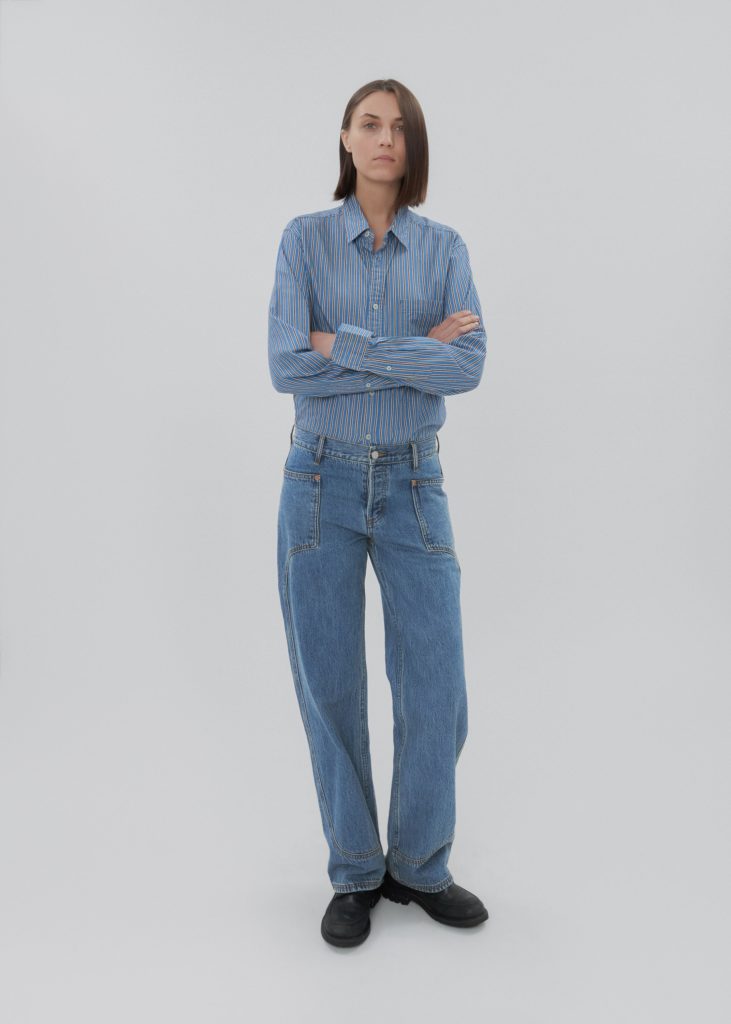

Description:
Still Here is a NYC-based denim brand known for vintage-inspired, hand-finished jeans. Although not always explicitly purple, they do garment-dye and offer strong colour-options in denim.
09.Top 10 Purple jeans company in Europe:
1. PURPLE1. Purple Brand (UK / Europe)

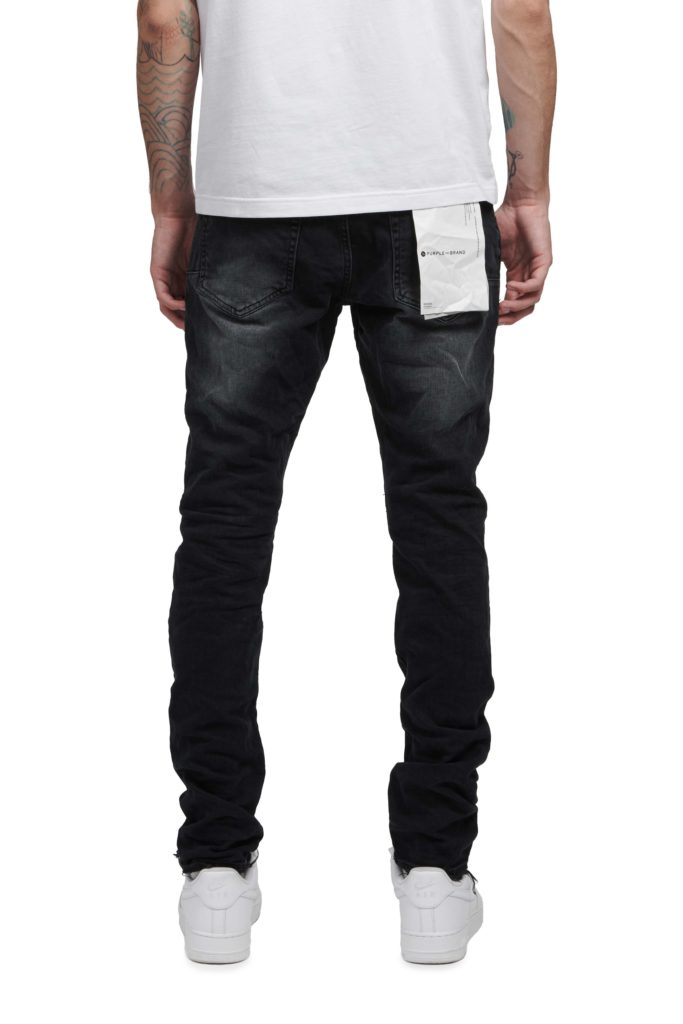

Description: Founded in 2018, the Purple Brand describes itself as a label “created to challenge conventions through design… with a focus on timeless quality.” PURPLE BRAND+2PURPLE BRAND+2 Based in the UK/Europe and widely stocked in Europe. They are known for denim with interesting washes, fabric treatments and streetwear-inspired styling. While not all their jeans are bright purple, they strongly lean into colour/contrast and thus serve well for a “purple jeans” theme.
2. Dr Denim (Sweden)
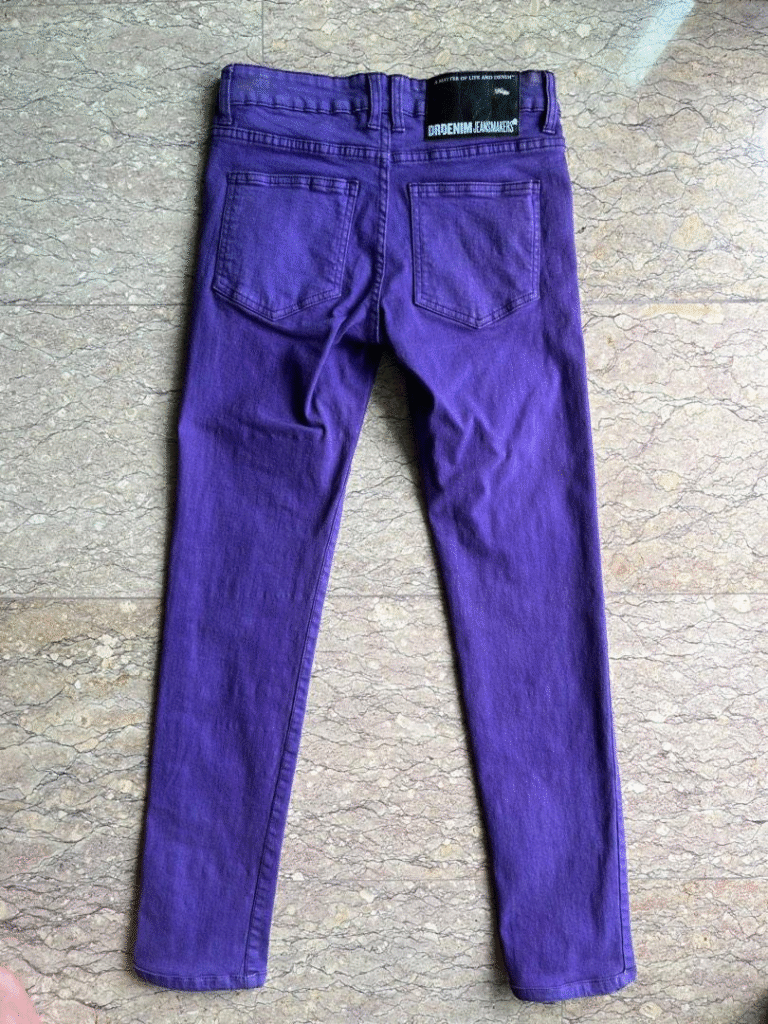
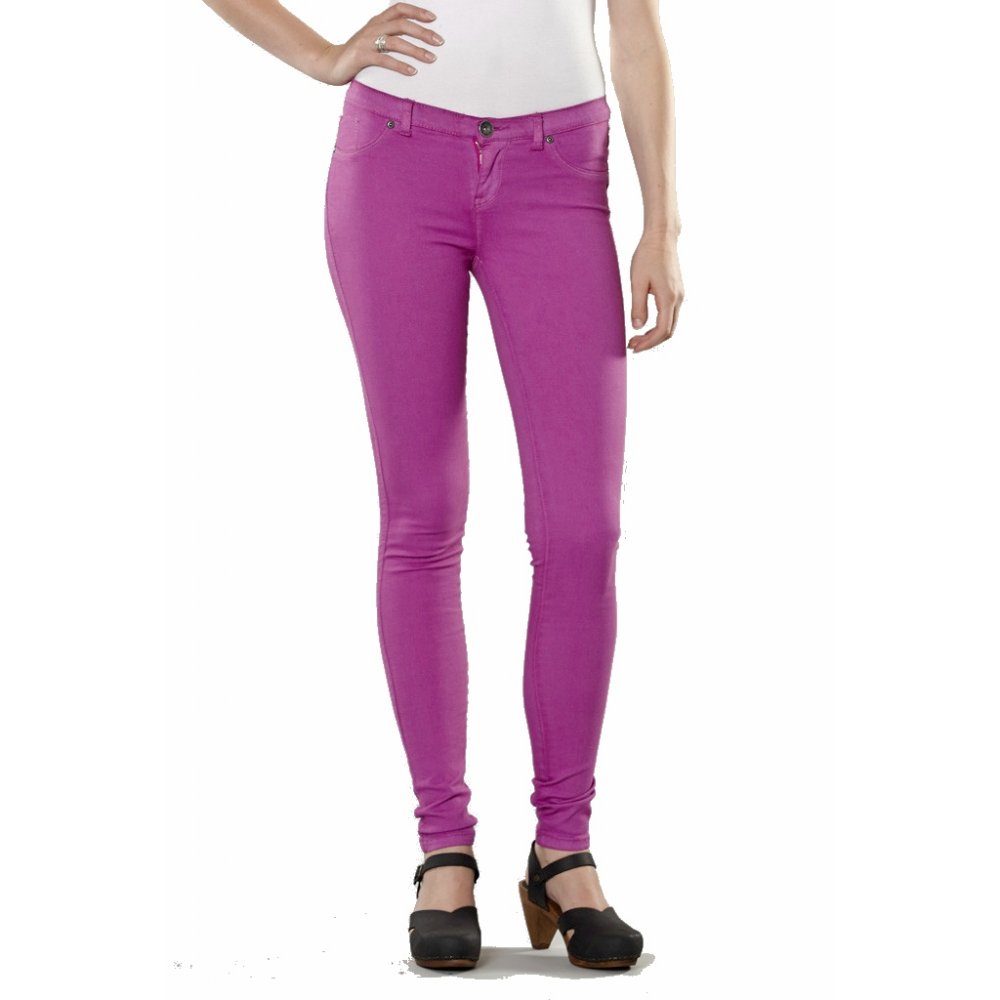
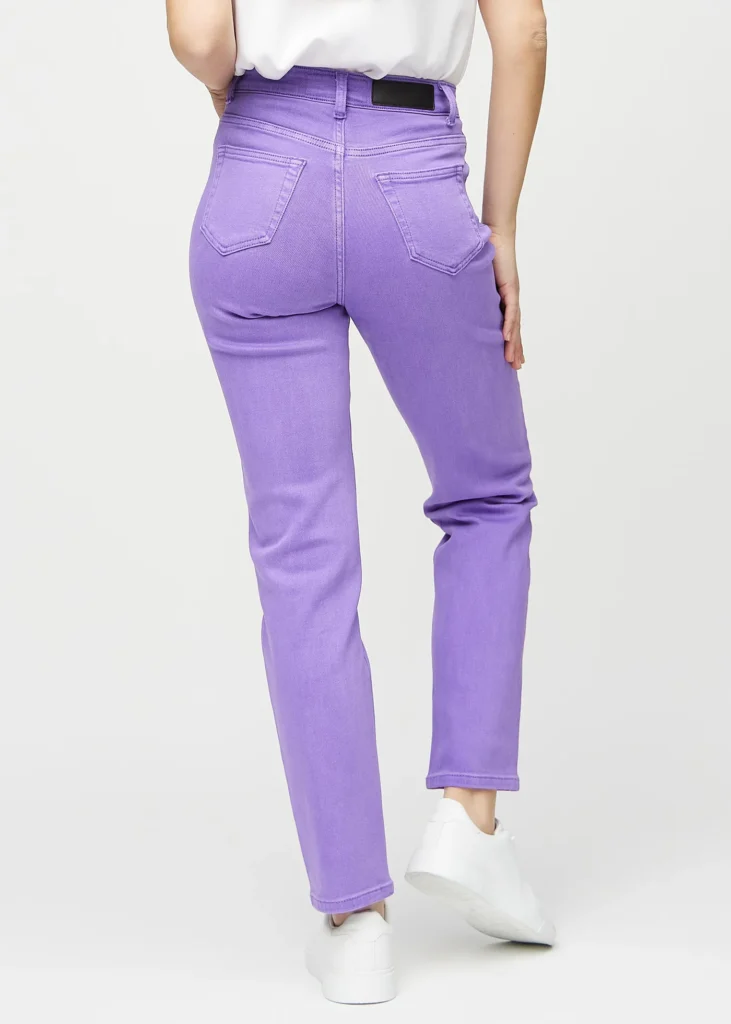
Description:
- A Swedish brand founded in 2004 focused on denim and good times. Dr. Denim
- They produce coloured denim options (their statements reference varied washes, modern fits) and are more accessible price point than luxury.
- Why relevant: For a market-entry or volume strategy, a brand like Dr Denim shows how non-luxury European denim labels handle colour and trend, which might inform how Bangladesh-based manufacturing can serve mid-market European brands.
3. MiH Jeans (UK)
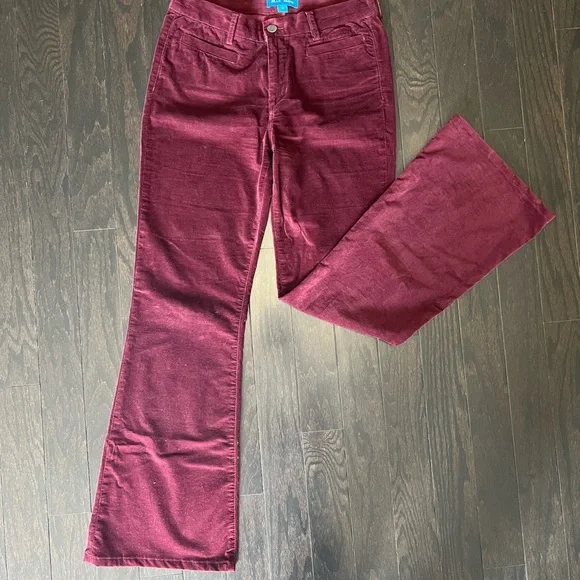

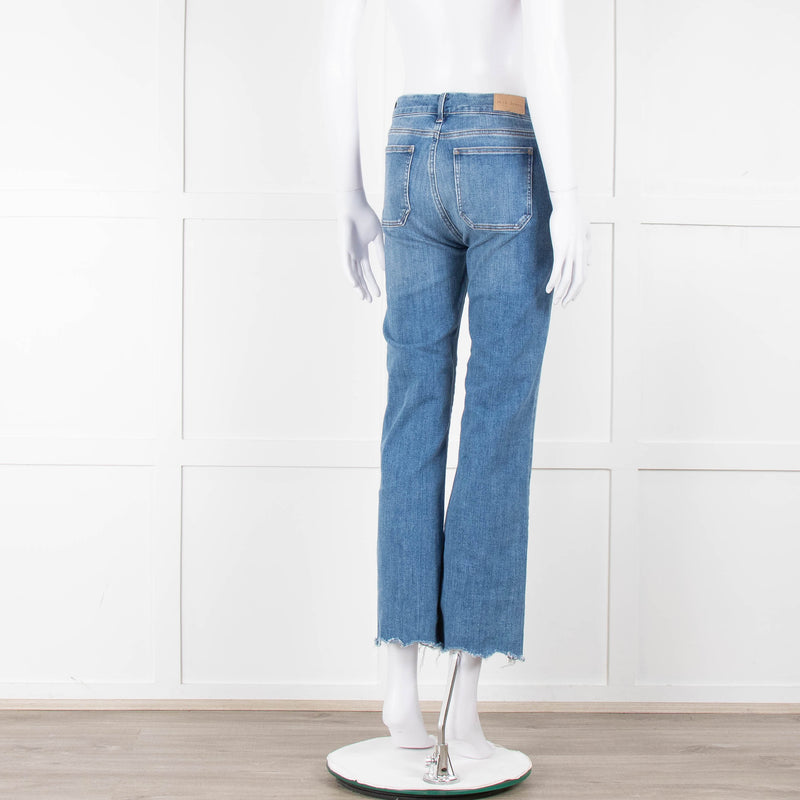
Description: MiH Jeans is a British denim brand founded in 2005. According to its history, it once released a “flared purple velvet” jeans style. Wikipedia While the purple option may have been a limited edition, it shows the brand’s leaning toward fashion-forward colour denim.
4. DENHAM – The Jeanmaker (Netherlands)
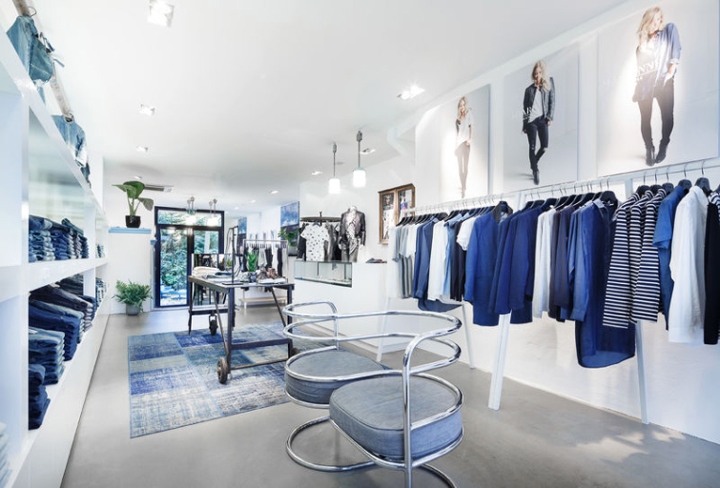
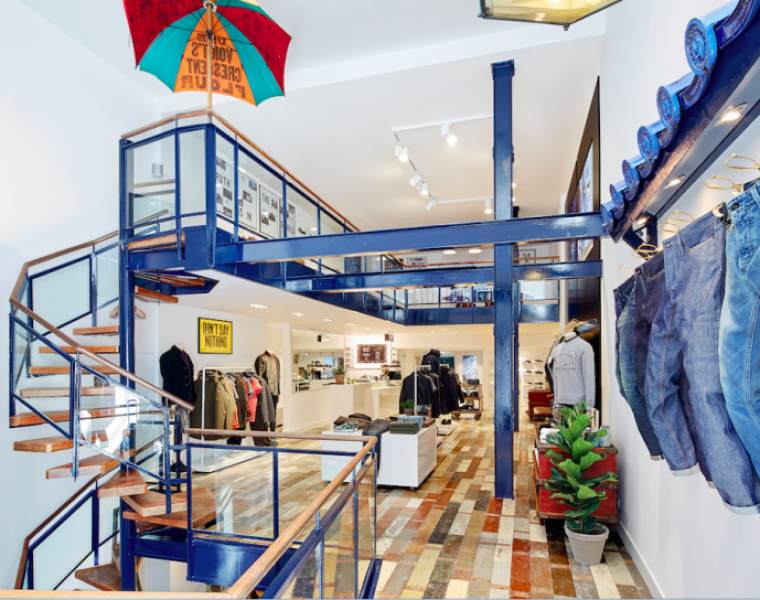
Description:
- Founded in Amsterdam in 2008, DENHAM bills itself as a premium denim label driven by the spirit of the original blue jean. DENHAM
- They focus on craftsmanship, design detail, and have premium positioning in the European denim market.
- Why relevant: For your blog, this offers a European benchmark of quality/fashion-denim beyond just blue — useful when positioning Bangladesh as capable of higher-end, coloured denim (including purple).
5. Devergo (Hungary / Europe)
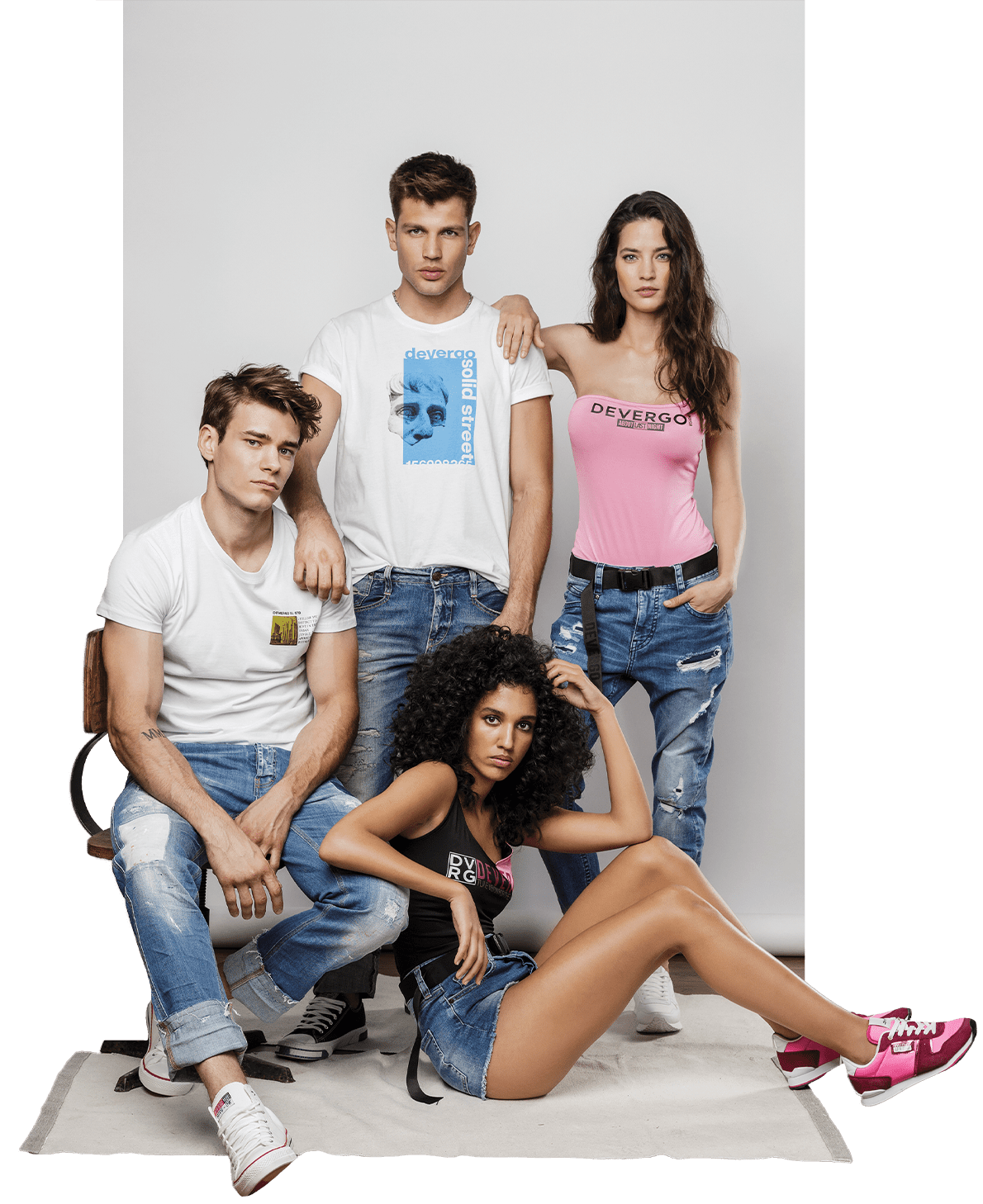
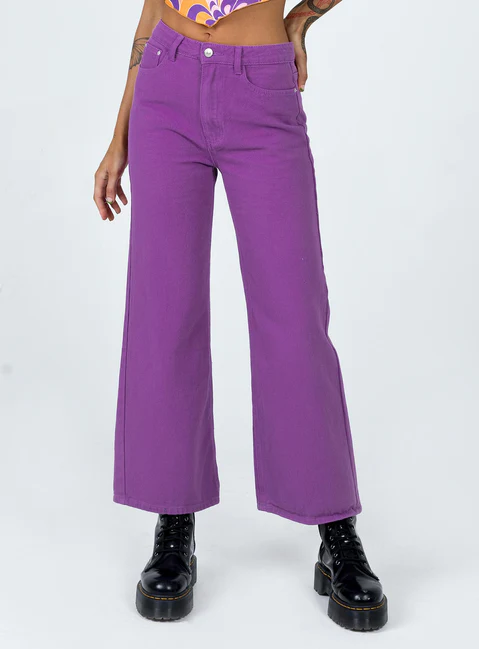
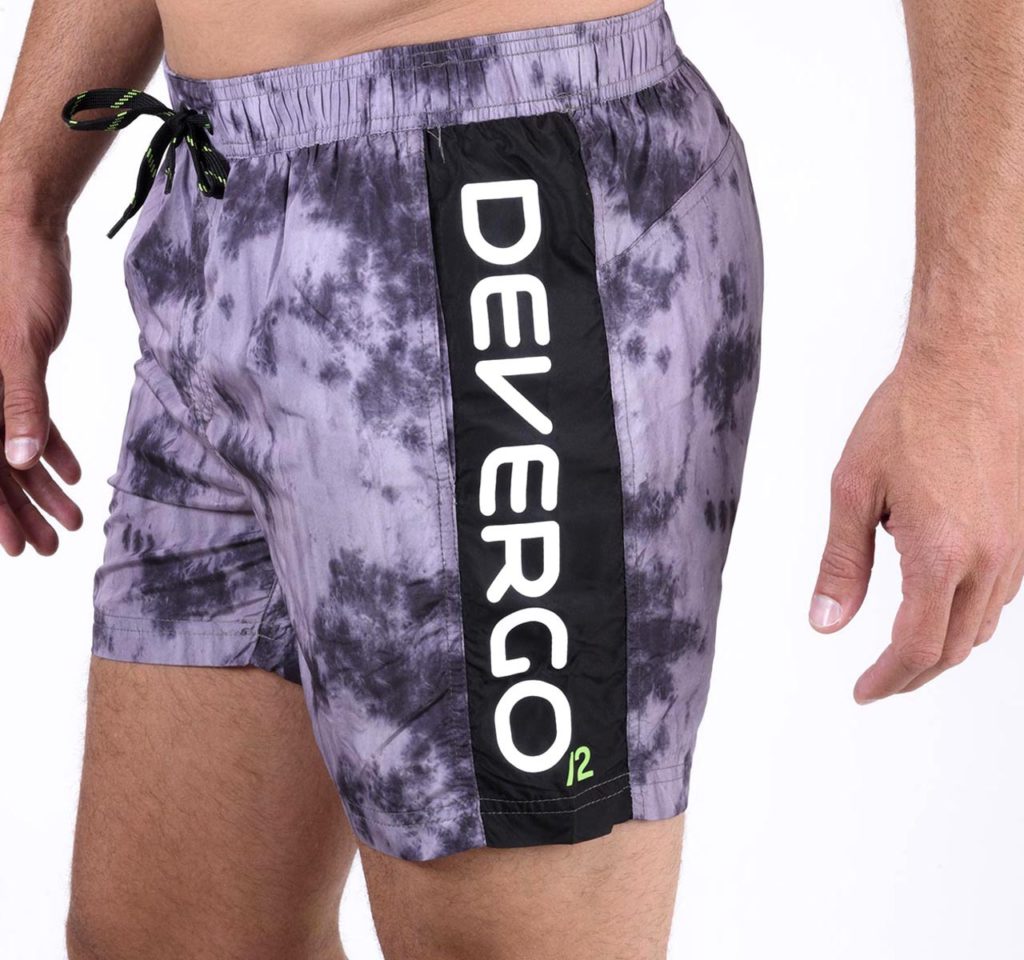
Description:
- Established in 1992, based in Hungary, focuses on younger, bold fashion – uses “brave colours, fabrics, … strong appearance of graphic fashion elements.”
- While not exclusively purple-jeans, their emphasis on colour and trend makes them a relevant example for coloured denim strategies.
- Why relevant: If you aim to target younger fashion-forward segments (Europe’s youth market), studying companies like Devergo helps understand how colour denim plays into that.
6. Desigual (Spain)
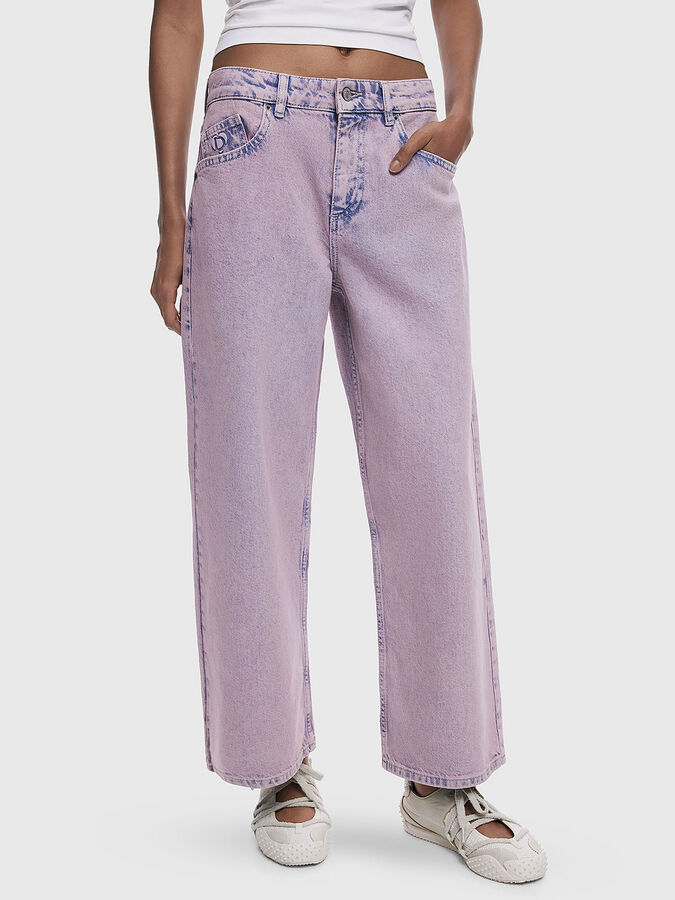


Description:
- Founded in Barcelona in 1984, Desigual is known for creative, colourful garments with strong graphic identity. Wikipedia
- Though not purely a denim-denim specialist, their fashion strategy shows how colour (including purple) and prints/innovative treatments are used in Europe.
- Why relevant: As part of your narrative about purple jeans, Desigual illustrates how colour becomes part of brand identity and can help position denim lines beyond classic blue.
7.Kaporal

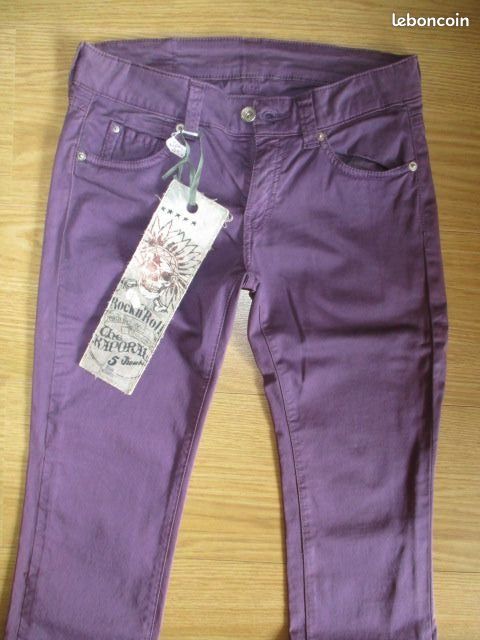
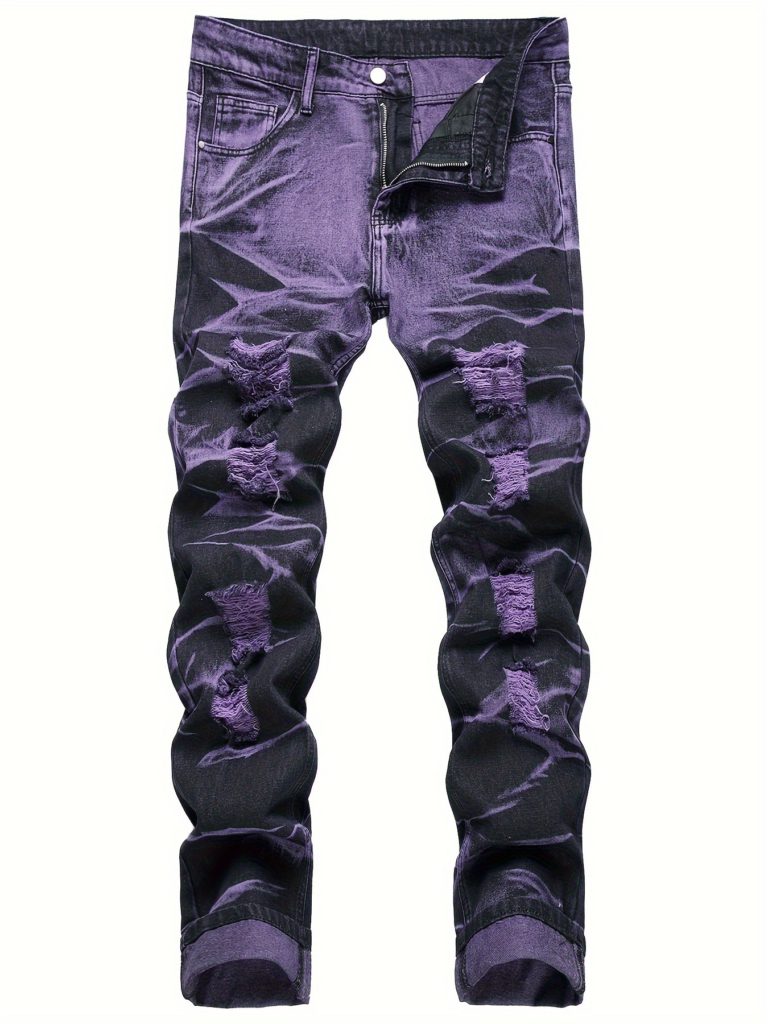
Why Kaporal stands out:
- Kaporal is a French denim-and-fashion brand (based in Marseille, France) created in 2004, specialising in jeans and streetwear-style denim. Wikipedia
- As a brand rooted in denim and contemporary trends, it is well-positioned to offer coloured options—including purple washes—as part of its lineup.
- For your blog theme (“purple colour jeans”), Kaporal ticks the mark: France-based, denim-centric, and likely to include colour-denim options.
8. Picaldi Jeans


Why Picaldi Jeans is a great pick
- Picaldi is a German-market brand (Berlin-based) that focuses heavily on jeans and streetwear, making it well-rooted in the denim world. Wikipedia
- Because their product line centres on jeans and they distribute within Germany, you can leverage local availability and relevance for your blog post about purple jeans.
- Even if a specific “purple wash” line isn’t widely publicised, using a brand whose core business is coloured/statement denim gives you strong credibility.
9.Native Denims (Dublin)

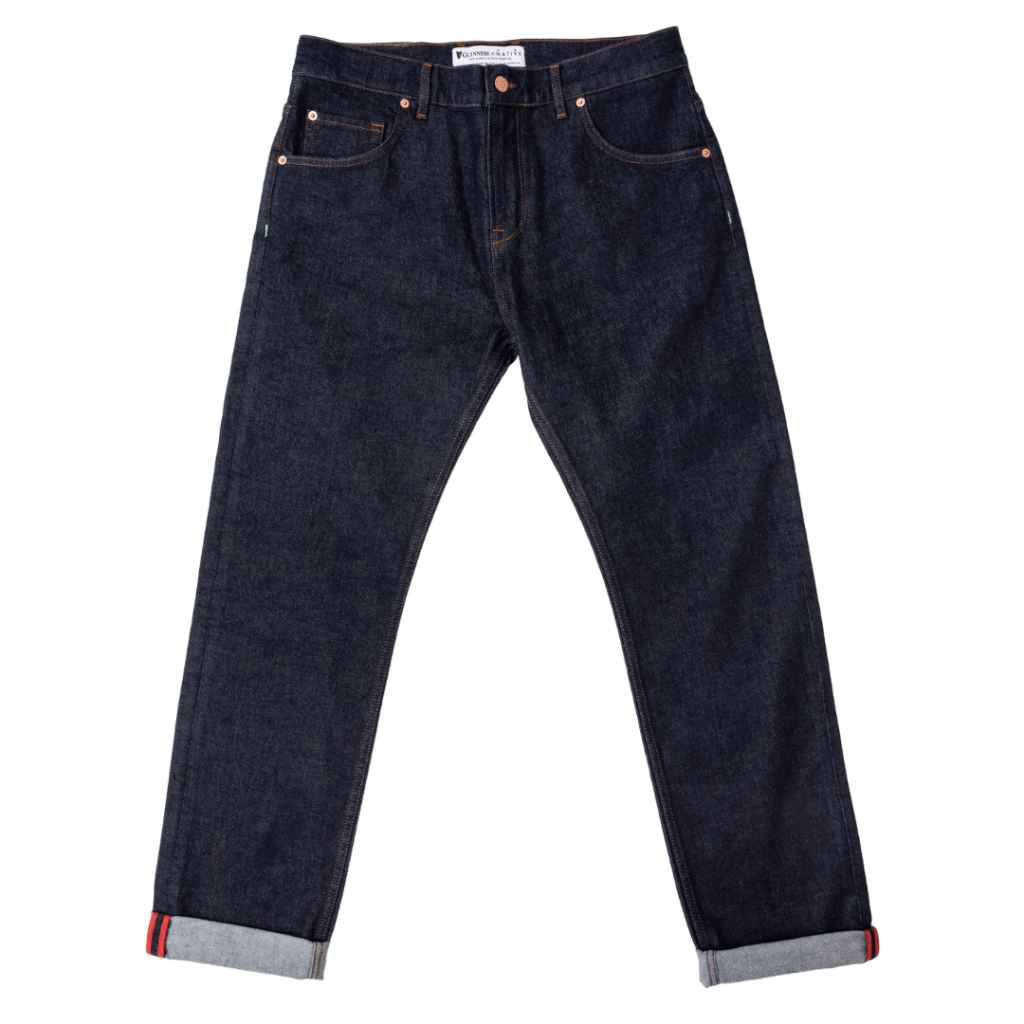
Overview:
- Native Denims is a premium denim label based in Dublin, Ireland. They manufacture hand-made jeans locally: “cut, make and finish” in their Dublin studio. Design Ireland+1
- While their main focus appears to be on selvedge, raw, and custom premium denim rather than bold colour washes, the fact that they are Irish-based and denim-specialist gives them relevance for your “purple colour jeans” theme.
Why you might feature them:
- Being one of the few genuinely Irish-jeans manufacturers makes them an interesting “local hero” angle in a blog about purple jeans and coloured denim in Europe.
- You could present them as an Irish brand with denim craftsmanship and mention that while purple-wash isn’t their main offering, they may offer custom or colour-options on request (which could be a nice tip for readers wanting something exclusive).
- It gives your blog geographic breadth: featuring brands from the U.S., UK, Europe, and now Ireland.
10.Purple Brand
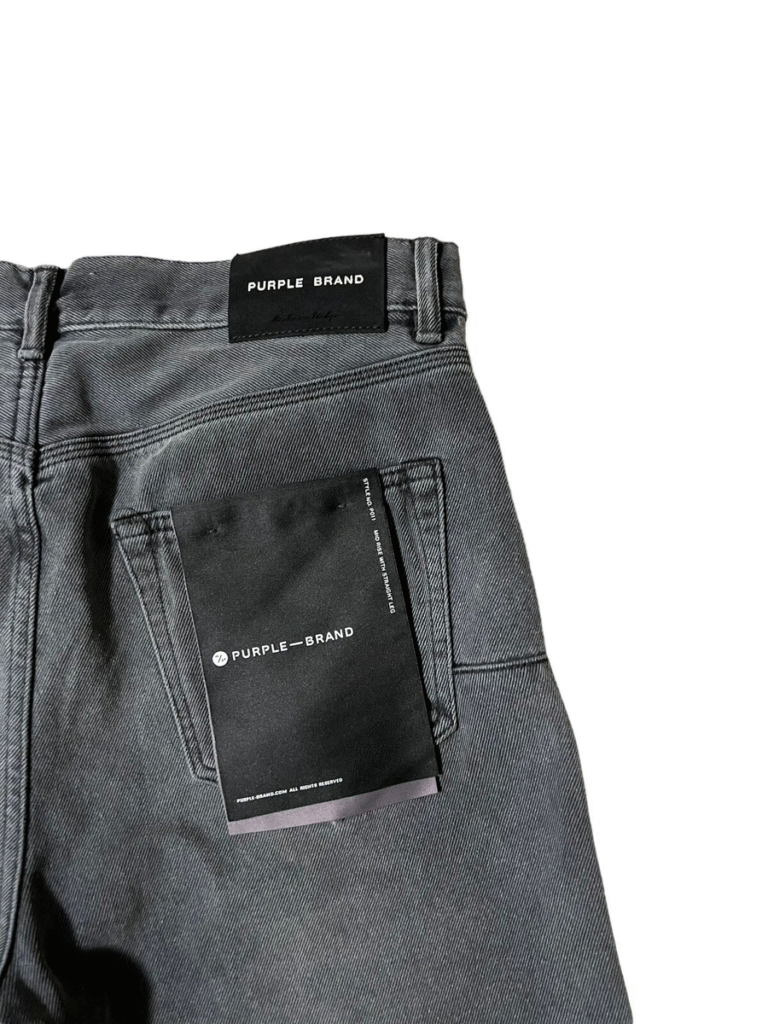

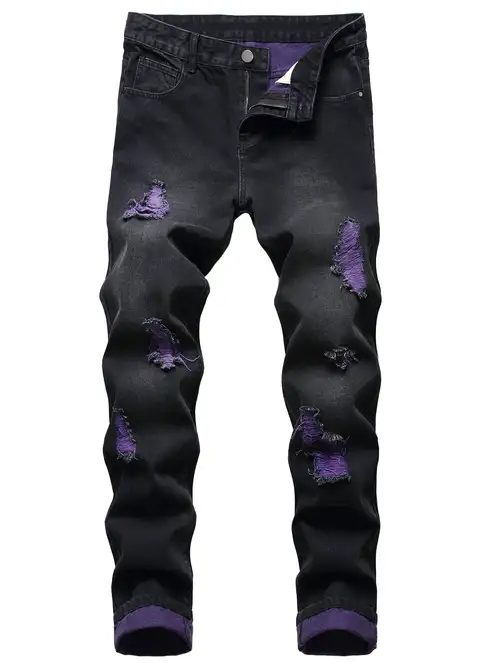
Why Purple Brand + Italy is a great fit
- Although the brand takes the “Purple” name rather literally, Purple Brand offers jeans in bold washes and designer treatments, aligning perfectly with a “purple jeans” theme.
- They offer a “Made in Italy” collection — for example the product line titled Made In Italy Collection on their site.
- For a blog about purple-denim this brand serves well: it hits the colour angle, the denim angle and the Italian manufacturing provenance.
- While they’re not exclusively “Italian heritage denim brand and purple only”, among available options for Italian-based/Italian-manufactured jeans with purple colour options this is one of the most relevant.
10.Some Additional Notes & Tips for Selecting Purple/Colored Jeans:
- If by “purple jeans” you literally mean jeans dyed purple or in purple shades, check product lines for “colored denim” or “fashion denim” rather than standard blue. Many brands listed above offer colored/washed variations.
- Fit & fabric matters: Stretch denim vs rigid; colored washes sometimes have specialty fabric or dyeing.
- Price tiers vary widely: Designer (Purple Brand) vs more accessible (YMI).
- Availability: Consider shipping/import to Bangladesh (if ordering from USA) or local brokers. Duties + shipping cost matter.
- Care: Colored denim sometimes fades differently than traditional indigo.
- Marketing/project relevance: Given your interest in design/branding, consider how the jean brand’s aesthetic aligns with your target brand identity (Bangladesh market vs global, cost vs luxury).
11. The Global Demand Landscape
The global denim market, valued at over $65 billion, is shifting toward diversification and sustainability. According to reports by Statista and Fashion United, colored denim segments are growing faster than traditional ones due to demand for fashion flexibility and personalization.
Regional insights:
- United States: The market embraces streetwear, athleisure, and gender-neutral fashion. Purple jeans fit well with bold, expressive Gen-Z styles.
- Europe: Consumers value sustainable dyes and minimalist designs. Soft lavender or plum-washed jeans appeal to eco-chic buyers.
- Asia-Pacific: Youth fashion in Japan, Korea, and China celebrates colorful denim with pop-culture aesthetics.
Major online fashion retailers (ASOS, SHEIN, Boohoo, and Revolve) now feature purple jeans in multiple cuts — mom fit, cargo, straight, flared, and high-waisted — indicating mainstream adoption.
For Bangladesh, this means opportunity. By aligning with seasonal color forecasts (e.g., Pantone’s yearly trends), exporters can anticipate buyer demand and tailor production accordingly.
12. Sustainability: The Heart of the Future Denim Industry
As global consumers become more environmentally conscious, sustainability is no longer optional — it’s essential. Bangladesh’s denim industry has made remarkable progress in green manufacturing, and purple jeans can strengthen this story further.
Key sustainable practices adopted by Bangladeshi manufacturers:
- Water recycling systems: Factories like Denim Expert Ltd. recycle up to 90% of wastewater.
- Laser and ozone technology: Replaces traditional sandblasting and chemical washing.
- Natural dye innovation: Research into plant-based purple dyes derived from indigo variations or cochineal extracts.
- LEED-certified production facilities: Over 200 green factories, including several platinum-rated denim plants.
These achievements position Bangladesh as a global model for responsible fashion. When a pair of purple jeans carries a “Made in Bangladesh” label, it can now represent not only craftsmanship but also care for people and the planet.
13. Challenges on the Path to Global Expansion
Despite its strengths, Bangladesh faces several challenges in taking purple jeans to the global market.
1. Creative gap: While manufacturing excellence is strong, the country still needs more investment in fashion design education, color forecasting, and brand marketing.
2. Supply chain flexibility: Small color batches demand agile production systems — something many large factories are still adapting to.
3. International branding: Competing with established Western denim brands requires consistent storytelling and visual identity.
4. Retail presence: Most Bangladeshi brands remain B2B suppliers; to go global, they must build consumer-facing labels or digital stores.
Overcoming these challenges requires a coordinated approach among manufacturers, government agencies, fashion institutes, and e-commerce entrepreneurs.
14. The Digital Frontier: E-Commerce and Social Media Power
The global rise of purple jeans is closely linked to digital marketing and influencer culture. Instagram, TikTok, and Pinterest are full of purple-denim styling reels, aesthetic lookbooks, and unboxing videos.
For Bangladeshi exporters and brands, this opens exciting possibilities:
- Direct-to-Consumer (D2C) channels: Using Shopify, Etsy, or TikTok Shop to sell globally.
- Visual storytelling: Posting “from dye to denim” factory reels showing craftsmanship.
- Influencer partnerships: Collaborating with micro-influencers in the U.S. or Europe to promote eco-friendly purple jeans.
- SEO and content marketing: Writing blogs (like this one) with keywords such as “sustainable purple jeans,” “Bangladesh denim fashion,” or “eco-dye colored denim.”
In this way, digital presence can bridge the gap between Bangladesh’s manufacturing power and the global consumer’s imagination.
15. The Road Ahead: Building a Global Identity
The story of purple jeans from Bangladesh is not just about fabric and fashion — it’s about identity, ambition, and transformation. It demonstrates how a developing nation can evolve from being the “factory of the world” to becoming a creator of global trends.
Looking forward, the vision should be clear:
- Innovation in color: Developing proprietary purple dye shades unique to Bangladesh.
- Design leadership: Training a new generation of fashion designers to integrate Bangladeshi art motifs into modern denim.
- Brand globalization: Launching native Bangladeshi denim brands with global appeal.
- Sustainability certification: Achieving top global eco-labels (GOTS, Fair Trade, etc.) to differentiate in high-end markets.
By uniting technology, sustainability, and storytelling, Bangladesh can turn the purple jeans movement into a global brand identity — one that celebrates both craftsmanship and creativity.
16. Conclusion
The journey of Purple Jeans — from Bangladesh to the Global Market is a symbol of modern transformation. It mirrors the evolution of Bangladesh itself — from a manufacturing powerhouse to a center of sustainable fashion innovation.
Purple jeans represent more than color; they symbolize a new spirit of confidence, creativity, and connection between East and West. They show that the future of denim is not limited by tradition or geography — it’s defined by imagination.
As Bangladesh continues to dye its denim industry with shades of innovation and sustainability, purple jeans stand as a vibrant statement to the world: the next wave of global fashion can be proudly stitched, washed, and worn — Made in Bangladesh.
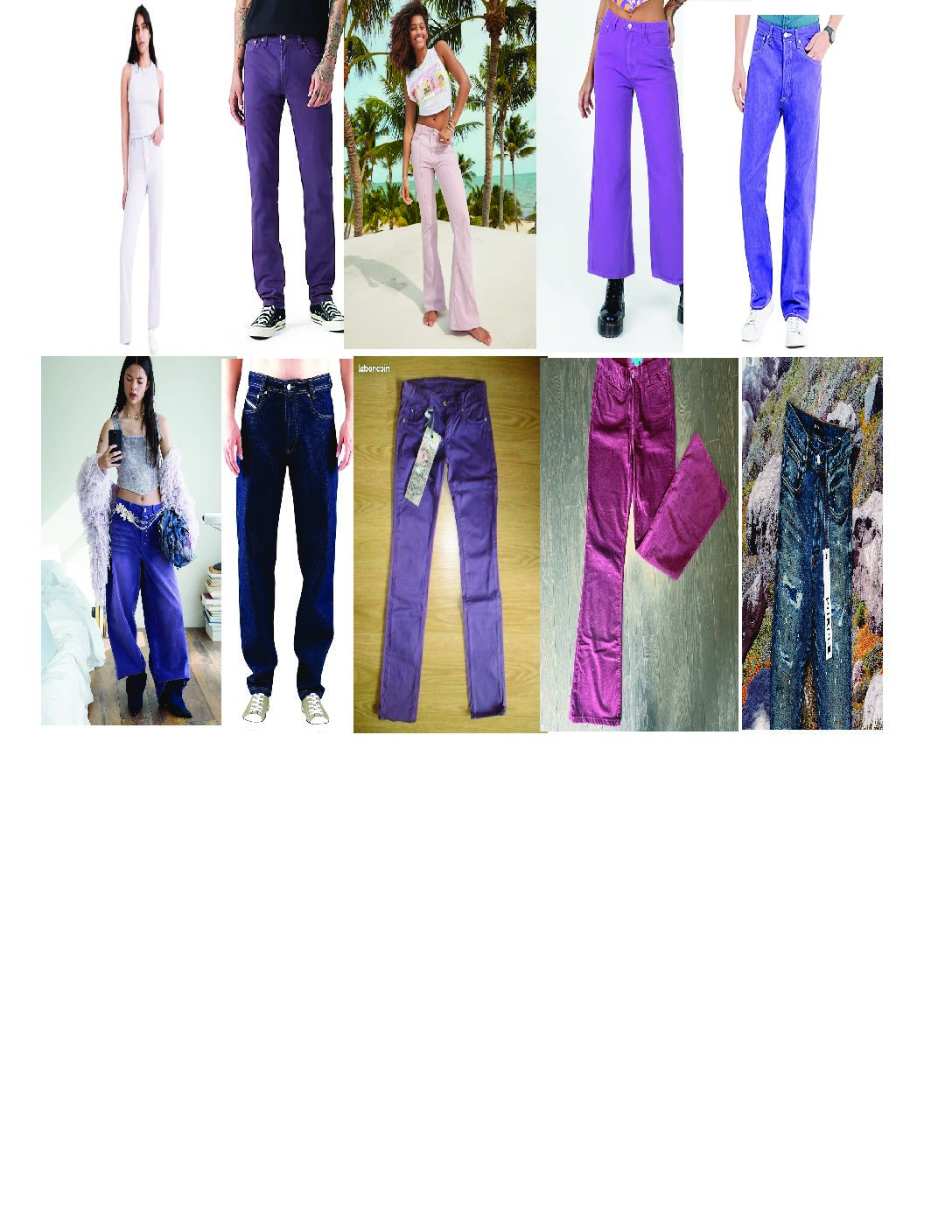
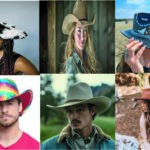
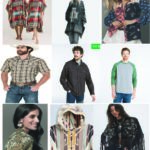


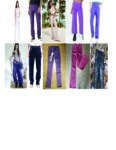

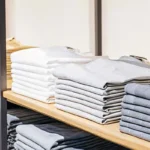


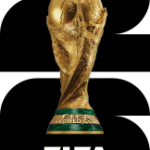
What an inspiring story! It’s amazing to see how a Bangladeshi brand is making its mark on the global stage.
Purple Jeans truly represents the creativity and craftsmanship of Bangladesh. Loved reading about the journey!
This article beautifully highlights how local fashion can go global with passion and innovation. So proud!